As a parent, you want to guide your children with love and patience. Positive discipline is a way to do this. It helps kids learn from mistakes and build strong family bonds. We’ll look at seven techniques that use positive reinforcement instead of punishment.
Key Takeaways
- Positive discipline focuses on teaching and guiding children, rather than punishing them.
- It helps children develop self-discipline, self-control, and problem-solving skills.
- Positive discipline techniques include offering choices, creating a “yes” environment, and teaching emotional intelligence.
- Ignoring minor misbehaviors and using positive timeouts can be effective disciplinary strategies.
- Involving children in problem-solving and adjusting discipline as they grow are crucial for their development.
What is Positive Discipline?
Positive discipline teaches and guides children, not punishes them. It sets clear expectations and provides consequences. This approach helps kids develop important skills and strengthens family bonds.
The Importance of Positive Discipline
Positive discipline helps raise confident and emotionally intelligent kids. It focuses on teaching and positive reinforcement, not punishment. This method builds trust and cooperation in families.
Positive Discipline Techniques
Let’s explore seven positive discipline techniques to improve your parenting. These methods can help your child grow and thrive.
Offer Choices
Giving your child choices can change the game. It empowers them and reduces power struggles. Offering choices instead of commands can lead to less power struggles and defiance, as documented by a preschool teacher who successfully implemented this strategy in a classroom setting.1
Create a “Yes” Environment
Make your home safe and provide activities for your child. This creates a “yes” environment. Creating a “YES” environment for children reduces stress and fosters positive behavior, promoting independence within well-defined limits and minimizing the need for constant reprimanding.1
Teach Emotional Intelligence
Help your child understand and express their feelings. Teach them how to handle big emotions. Teaching children to express their emotions helps prevent acting out behavior by enhancing their emotional vocabulary, which aids them in appropriately expressing their feelings.1
Ignore Minor Misbehaviors
Ignoring minor misbehaviors can be effective. It reduces attention-seeking behavior. Ignoring minor bad behavior occasionally can be effective in reducing negative attention-seeking behavior in children, providing a more relaxed atmosphere at home.1
Use Positive Timeouts
Timeouts can be helpful when used positively. Provide a safe space for your child to calm down. The article suggests using timeouts for children to calm down, with a recommended duration of one minute per year of age.2
Natural and Logical Consequences
Let your child experience the natural consequences of their actions. For serious misbehaviors, use logical consequences. The article emphasizes the importance of involving children in problem-solving processes to encourage their learning and decision-making skills.2
Involve Children in Problem-Solving
Involve your child in solving problems instead of dictating solutions. This promotes their skills and buy-in. The text mentions that children in the age range of 6 to 12 years have more self-control, and parents should adjust discipline methods accordingly.2
Positive discipline is a journey that strengthens your bond with your child. It fosters their emotional and social growth. By using these seven techniques, you’ll create a harmonious family environment and watch your child thrive.
What is Positive Discipline?
Positive Discipline is a way to teach and guide kids, not just punish them. It sets clear rules, gives consequences that fit their age, and creates a caring and respectful place. You can learn more about it here3.
This method aims to teach kids important life skills like self-control and problem-solving. It doesn’t use punishment. It’s based on the ideas of Alfred Adler and Rudolf Dreikurs. They say it’s key to help kids feel connected and valued3.
A Guided Approach
Instead of just punishing, Positive Discipline teaches kids to make better choices. It sets clear rules, gives consequences that fit their age, and makes a caring place where kids feel respected3.
The Positive Discipline Parenting and Classroom Management Model helps parents and teachers use these methods. It aims to make a positive change in kids’ lives3.
| Positive Discipline Principles | Key Objectives |
|---|---|
| Kindness and Firmness | Helping children develop self-discipline, self-control, and problem-solving skills |
| Mutual Respect | Fostering a nurturing and respectful environment |
| Empowerment | Giving children a sense of connection, belonging, and significance |
By following Positive Discipline, we can make a supportive and empowering place for kids to grow4.
The Importance of Positive Discipline
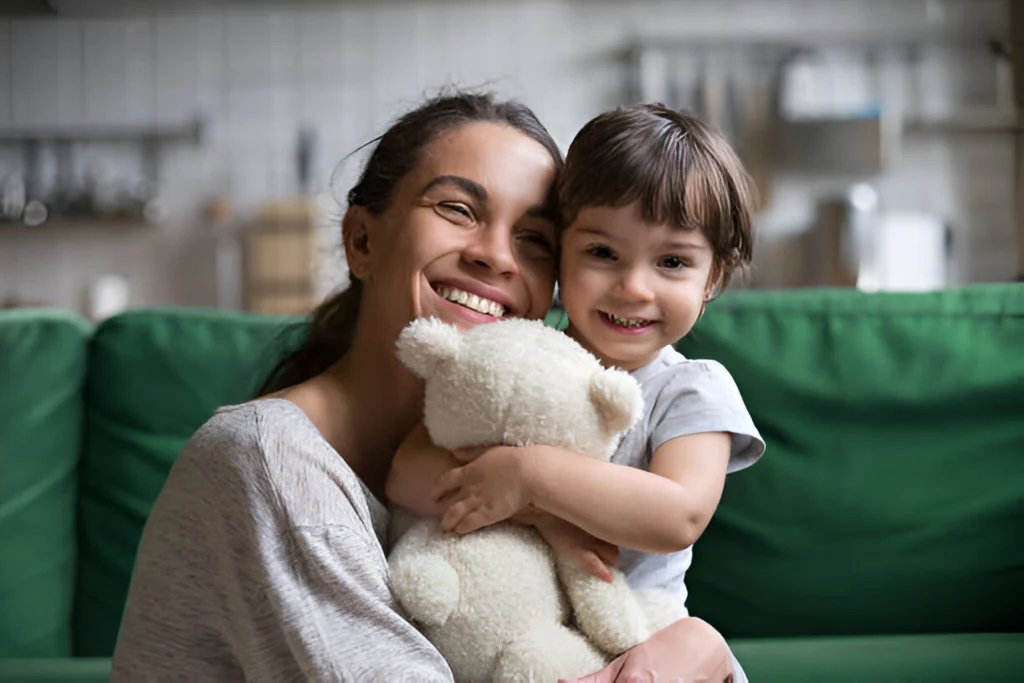
The benefits of positive discipline are huge. It helps kids learn important skills like self-control and problem-solving5.
Positive discipline keeps kids’ self-esteem high. It helps them see their caregivers in a good light5. It also helps solve behavior problems over time5.
It makes the parent-child bond stronger. Parents and kids trust and respect each other more. They learn about cause and effect together5.
Positive discipline is key for kids’ growth and happiness. It makes kids responsible and confident5. It’s about setting rules and being fair5.
Parents should match discipline to the child’s needs and age. This makes discipline more effective5.
Positive discipline creates a supportive space for kids to grow. It helps them become confident and self-assured5. This approach prepares kids for success in life.
Positive Discipline Techniques
Guiding and disciplining children should focus on positive reinforcement, not punishment. Positive discipline teaches, supports, and empowers kids. It’s backed by research and experts in child development6.
Modeling the behavior you want in your child is key7. Parents should show self-control and solve problems. This builds trust and a strong bond7.
- Redirect: Guide a child away from bad behavior to a better activity8.
- Positive Reinforcement: Praise good behavior to encourage it87.
- Time-Outs: Use them for a child to calm down, not as punishment7.
- Natural Consequences: Let kids face the results of their actions safely7.
- Involve Children: Help them solve problems to learn important skills8.
Positive discipline changes with the child’s age and development6. Consistent guidance and a caring environment help kids learn and grow87.
| Technique | Description |
|---|---|
| Redirection | Shifting a child’s attention to a more positive activity or environment when they exhibit undesirable behavior. |
| Positive Reinforcement | Praising and rewarding good behavior to encourage its repetition and reinforce positive actions. |
| Time-Outs | Providing a calm, safe space for a child to take a break and regain composure, not as a punishment. |
| Natural Consequences | Allowing children to experience the natural outcomes of their actions when it’s safe to do so, without interference. |
| Involving Children | Engaging children in the problem-solving process to develop their critical thinking and decision-making skills. |
Using these positive discipline methods helps create a supportive environment. It supports kids’ emotional, social, and cognitive growth687.
Offer Choices
One great way to discipline positively is by giving kids choices. This makes them feel in charge and less likely to argue9. When parents offer choices they’re okay with, kids feel more in control. This can stop them from acting out or disobeying9.
10 Even little kids can benefit from making choices, even if they’re not as big as older kids’ tasks10. It’s key to have many Positive Discipline tools ready. Not every tool works for every child or situation10.
10 Choices help kids learn about responsibility and respect for others. Even if they can’t choose everything, offering choices helps them make decisions10. Saying “You decide” after a choice makes kids feel powerful10.
9 The “Two Great Choices” method gives kids options to choose or face a parent’s consequence. It changes the focus from threats to choices9. This way, parents keep control but also build a good relationship with their kids9. It works for young kids who might not get choices yet and for older kids who might be too upset9.
9 Using natural consequences this way helps kids learn to make better choices over time9.
“Choices are more effective than demands, especially when followed by ‘You decide.'”
Create a “Yes” Environment
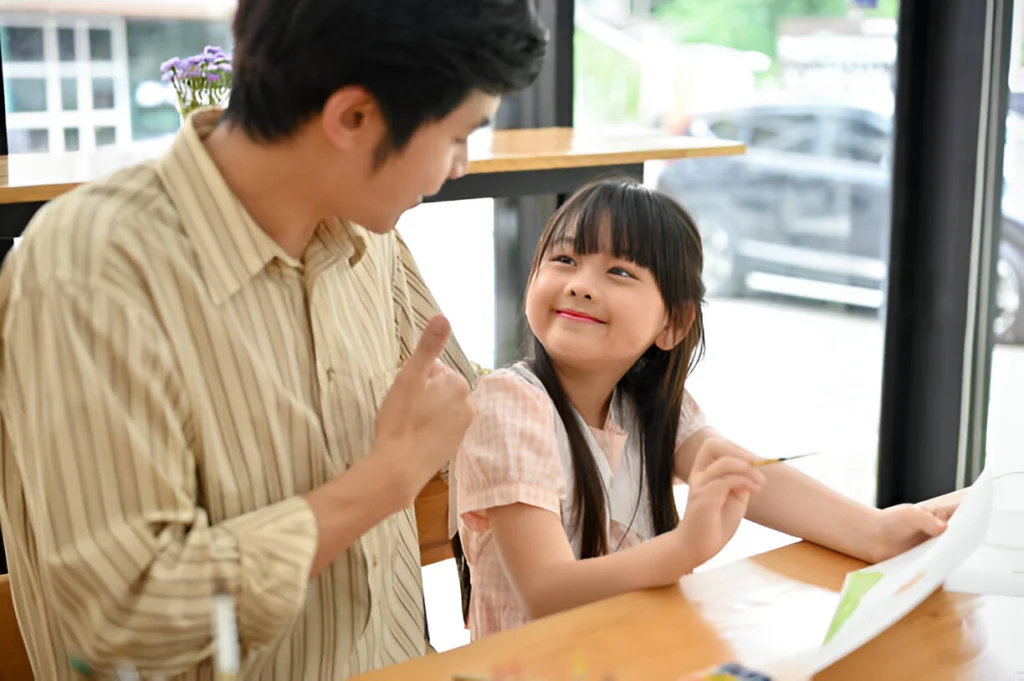
Positive discipline is more than just avoiding punishment. It’s about making a space where good behavior is encouraged. This means making your home safe and fun for your kids11.
By making your home safe and fun, you help your kids explore and grow. This means they need to hear “no” less often11. Toddlers hear “NO” about 300 times a day11. So, a “yes” environment is very helpful11.
To create a “yes” environment, spend quality time with your kids11. Also, get them involved in household tasks11. Kids can help with simple chores like washing veggies or setting the table11. This makes them feel important and included11.
By making your home safe and fun, you give your kids great learning chances11. Try saying “yes” more often than “no”12. This can make everyone happier and closer12.
Doing things like painting or reading stories together can also make your bond stronger11. Remember, a “yes” environment is not about always saying yes. It’s about saying yes more often and using “no” wisely12.
Creating a “yes” environment empowers your kids and reduces fights. It builds a positive, supportive bond that lasts a lifetime1112.
Teach Emotional Intelligence
Positive discipline is more than just teaching what’s right and wrong. It’s also about growing Emotional Intelligence. By teaching kids to express their feelings, parents help them manage their actions and understand themselves better13.
Teaching kids to talk about their feelings and how to handle them is key. This way, they can share their needs without acting out13. Kids who learn to control their emotions tend to be less defiant and do better in school and relationships13.
Techniques like deep breathing, coloring, and jumping jacks can calm kids when they’re upset13. Teaching empathy by imagining how others feel also helps kids understand different emotions13.
By teaching emotional intelligence, parents help kids deal with their feelings in a positive way. This builds the foundation for self-discipline. It’s a complete approach to teaching discipline, ensuring kids know the rules and how to follow them emotionally.
“Emotional intelligence involves understanding, evaluating, and regulating emotions.”13
Ignore Minor Misbehaviors
As a parent, picking the right battles is key. Sometimes, ignoring small misbehaviors is the best move14. Tantrums and acting out show a child is growing more independent14.
Understanding what your child does is vital for good discipline14. You should know exactly what behavior you’re targeting14.
Ignoring small issues like whining or tantrums can work well for young kids15. This method is great for minor misbehaviors, especially when kids can’t understand explanations15.
But, ignoring might not work in public because of stress and pressure15. Also, ignore only when a child can handle their emotions15.
Setting clear rules and using rewards can improve behavior14. Knowing what’s expected helps kids behave better14. Things like hunger or distractions can affect how well they behave14.
Countdowns for changes can help kids adjust14. Giving them choices helps them learn to control themselves14. Both good and bad consequences can shape their actions14.
The PCIT model, which uses Positive Discipline Techniques like ignoring, is available in Maryland and Washington, DC16. This shows it’s making a difference in the area16.
Getting help from a PCIT specialist shows parents want to improve16. This approach teaches kids to self-regulate, helping them beyond just stopping bad behavior16.
Choosing the right misbehaviors to ignore is crucial16. This requires careful thought and analysis for effective discipline16.
Keeping calm is key when dealing with kids’ behavior16. This shows the importance of emotional control in parenting16. It’s about growing and changing as a parent16.
Use Positive Timeouts
Positive timeouts are a powerful Positive Discipline Technique. They help kids manage their feelings and actions. Unlike old-school timeouts, these are not meant to punish. They give kids a chance to calm down and think17.
Positive timeouts teach kids important life skills like self-control and discipline18. By offering a quiet, cozy spot and comfort items, you help your child calm down and regain control17.
Creating a Positive Timeout Space
To make Positive Timeouts work, create a peaceful, welcoming area. Show your child how to use this space correctly through interactive modeling17. Let them make it their own by naming it, which makes them feel more at ease17.
- Add calming elements, like soft pictures or textures, to help kids relax17.
- Use comfy seating, like a soft rocking chair, to make them feel calm17.
- Teach them calming techniques, like deep breathing or body scans, to help them calm down17.
Positive timeouts should last about one to two minutes. This gives kids enough time to calm down and focus again17. This Positive Discipline Technique helps kids learn to manage their feelings and actions, skills they’ll use for life.
“Positive time-out, or ‘Space and Time’ in middle school, is highlighted as a proactive strategy when taught and modeled early in the school year to help students calm down and regain self-control before misbehaving.”17
Positive Discipline
Positive discipline is a new way to teach and guide kids, not punish them. It’s about making a safe place, setting clear rules, and building trust and respect19.
This method believes every child is good, but their actions might need fixing19. By praising good actions and gently correcting bad ones, kids learn important life skills19.
The Positive Discipline Association (PDA) leads this approach. They offer training for parents and teachers20. Their programs include online courses and classroom management training used by schools all over21.
Dr. Jane Nelsen, the founder, is a family therapist and educational psychologist21. Her work shows kids are born to connect and that helps reduce bad behavior21.
| Key Principles of Positive Discipline | Description |
|---|---|
| Establishing a Sense of Connection | Positive Discipline focuses on building strong, caring relationships between parents and kids. This is key to good discipline. |
| Teaching Important Social and Life Skills | It teaches kids how to solve problems, manage feelings, and handle conflicts. This makes them responsible and respectful. |
| Addressing Mistaken Behaviors | Instead of seeing kids as bad, Positive Discipline looks for the reasons behind bad actions. It uses kind, non-punitive ways to fix these. |
| Preventive Measures | It uses strategies like creating a positive environment and teaching right behaviors to stop bad ones before they start. |
| Reinforcing Positive Behaviors | It focuses on praising good actions to boost kids’ confidence and encourage more positive choices. |
Positive Discipline is known for making classrooms better for kids21. The Positive Discipline Association is approved by the American Montessori Society and the National Board for Certified Counselors20.
By following Positive Discipline, parents and teachers help kids grow, become responsible, and build lasting relationships.
Natural and Logical Consequences
Positive discipline is more than just punishment. It’s about letting kids face the natural results of their actions safely. This method helps kids learn from their mistakes and solve problems on their own22. It avoids harsh punishments that can lead to anger, revenge, or low self-esteem22.
For bigger misbehaviors, parents can use logical consequences that are fair, respectful, and make sense22. These consequences teach kids how their actions affect the outcome, helping them make better choices23. For example, staying up late can make you tired for school, leaving toys outside can make them wet, and being rough with pets can hurt them23.
The 3 Rs and an H of Logical Consequences
Good logical consequences have four important qualities:
- Related to the behavior
- Respectful of the child
- Reasonable in how they’re applied
- Helpful in teaching better behavior22
Consequences like putting a bike away for riding on the street or limiting crayons if they’re broken teach that the action is wrong, not the child23. This method encourages problem-solving and helps kids understand the rules23.
Using natural or logical consequences calmly and clearly helps kids learn and behave better23.
Praise and Encouragement
Positive Positive Discipline Techniques are more than just rules and consequences. They also use Praise and Encouragement to motivate kids and build their self-confidence. Positive reinforcement is key, and praising good behavior encourages kids to keep making smart choices24.
Praise and encouragement are different, though. Praise is about external approval, while encouragement boosts self-esteem and motivation25. Encouragement helps kids take on more and grow stronger26.
- Praise can make kids too dependent on it, but encouragement focuses on effort and progress24.
- Think of encouragement as healthy food for growth, and praise as sweet treats that are okay in small amounts24.
- Switching to encouragement takes effort, but it makes kids feel better about themselves and more independent2426.
Using Positive Discipline Techniques like specific encouragement phrases can make a big difference24. As the author says, “A child needs encouragement like a plant needs water,”24 showing how crucial encouragement is for kids.
| Praise | Encouragement |
|---|---|
| Teaches dependency on external feedback25 | Teaches internal validation25 |
| Can create a sense of competition25 | Focuses on effort, progress, and specifics of the task25 |
| Students tend to prefer it initially25 | Promotes independence, motivation, and self-evaluation25 |
By using Positive Discipline Techniques and focusing on Praise and Encouragement, parents can create a supportive environment. This environment helps kids develop self-discipline, resilience, and a strong sense of self-worth2426.
Involve Children in Problem-Solving
Positive discipline is more than just rules and consequences. It’s about working together to solve problems. By letting kids help find solutions, you boost their problem-solving skills and get their cooperation27.
Empowering Children Through Problem-Solving
When kids help solve problems, they feel more in control. In class, students chose to sit in a circle by a big margin27. The steps to solve problems are simple and help kids deal with conflicts well27.
Teachers can put these steps near a “peace table” for kids to see27. They can practice solving problems through role-playing27. This way, kids learn to solve problems and get along better in class27.
A story from a classroom shows how well this works27. Kids worked together and were very happy with the results27.
Positive discipline makes kids feel better about themselves and do well in school28. It helps them control their actions and do well in school28. Positive feedback encourages kids to behave well28.
It’s important to have clear rules that kids can understand28. Listening to them and involving them in solving problems helps create a positive learning space28.
“When children are included in the problem-solving process, they feel empowered and develop a greater sense of ownership over the solutions.”
In early education, it’s key to focus on respect and understanding through positive discipline28. Building a positive home environment means being consistent and clear28. It also means teaching kids how to communicate and solve problems28.
Teachers and parents must work together to use positive discipline well28. But, it can be hard because of resistance to change and not being consistent28.
Helping kids solve problems can be tough, especially when they get upset29. Some methods, like deep breathing, didn’t work as well as hoped29.
A new tool called Pause-and-Problem-Solve helped kids stay calm when upset29. A four-year-old used it to handle not getting the juice she wanted, and it worked out well29.
Introducing this tool in a supportive way helps kids use it successfully29. It’s not just for kids; adults can use it too when they get upset29.
By letting kids help solve problems, you empower them and teach them to think critically. This approach to discipline techniques and problem-solving can improve your relationship with your kids.
Adjust Discipline as Children Grow
As your children grow, the Positive Discipline Techniques you use may need to change. What works for a toddler might not work for a school-aged child or teenager30. Parents must adjust their approach to keep discipline positive and effective30.
Infants should not be disciplined with time-out, spanking, or consequences. Instead, use predictable schedules and safe environments30. Early toddlers can be managed with supervision, brief explanations, and redirection for aggression and destructiveness30.
Late toddlers, who are learning independence, need empathy, supervision, limits, and redirection for temper outbursts30.
Adjusting discipline as your child matures is key. It ensures your discipline meets their developmental needs and temperament30. Using consistent, effective discipline, like the Positive Discipline program31, helps children respect authority and develop self-discipline30.
| Age Range | Recommended Positive Discipline Techniques |
|---|---|
| Infants | Predictable schedules, safe environments |
| Early Toddlers | Supervision, brief verbal explanations, redirection |
| Late Toddlers | Empathy, supervision, limits, redirection |
| School-Age Children | Logical consequences, problem-solving, praise |
| Teenagers | Open communication, negotiation, natural consequences |
By Adjusting Discipline as your children grow, you can keep your Positive Discipline Techniques effective. This helps them develop into emotionally mature adults3032.
Seek Support When Needed
Positive Discipline can be tough, and parents might need support sometimes. They might talk to the child’s doctor, get help from a parenting coach, or find advice from other parents33. Getting support helps parents use the best positive discipline methods for their child.
Parenting is a long journey, and you might need extra help sometimes. It’s okay to ask for it. Talking to experts or other parents can give you great ideas and strategies for positive discipline34.
- Think about talking to your child’s pediatrician for advice on discipline that fits their age. They can also check for any health or development issues.
- Look for a parenting coach or counselor who knows about positive discipline. They can give you personal support and guidance.
- Join a parenting group or online community. It’s a great way to meet other parents who use positive discipline. Sharing and getting ideas can really help.
The aim of positive discipline is to help your child grow self-discipline, solve problems, and feel good about themselves. By getting the right support, you can give your child the tools they need to do well3334.
Conclusion
Positive Discipline is a great way to guide kids’ behavior. It teaches and nurtures, not punishes35. By giving choices and teaching emotional intelligence, parents help kids learn self-discipline36.
Using Positive Discipline takes patience and effort, but it’s worth it35. The Positive Conclusion technique helps kids learn to respond well, even as adults35. Role-playing is also effective for kids who often disrespect or get angry35.
Positive Parenting aims to create a supportive family environment36. By using these Positive Discipline methods, you can help your kids grow and strengthen your bond36.
FAQ
What is positive discipline?
Why is positive discipline important?
What are some positive discipline techniques?
How can offering choices help with positive discipline?
What is a “yes” environment, and how does it support positive discipline?
How can teaching emotional intelligence skills be part of positive discipline?
When is it appropriate to ignore minor misbehaviors?
How can positive timeouts be used effectively?
What are natural and logical consequences, and how do they fit into positive discipline?
How can praise and encouragement be used in positive discipline?
Why is it important to involve children in the problem-solving process?
How should parents adjust their positive discipline approach as their children grow?
When should parents seek support for positive discipline?
Source Links
- 8 Positive Discipline Techniques Every Parent Should Know – A Fine Parent
- Positive Discipline Methods for Children | Military OneSource
- Positive Discipline Association – What is Positive Discipline
- What is Positive Discipline? | American SPCC
- Positive Discipline and Child Guidance
- What’s the Best Way to Discipline My Child?
- Positive Discipline Techniques to Reinforce Good Behavior – Children’s Discovery Center
- How to Practice Positive Discipline at Home
- How “Two-Great Choices” Prevents Power Struggles — Child Development and Parent Consultation
- Limited Choices
- Creating a Yes Environment
- 4 tips for cultivating a “yes environment” – APtly Said
- Positive Parenting: Accept Feelings, Limit Actions
- Parents Guide to Problem Behavior
- Positive Parenting: Ignoring Children’s Misbehaviour | Anita Cleare
- Understanding the Concept of Ignoring: Fading Attention to Minor Misbehaviors
- Positive Time-Out Techniques: Guiding Students to Self-Control and Calm Behavior
- Positive Time Out
- Positive discipline
- Positive Discipline Association – Home
- Positive Discipline | Dr. Jane Nelsen
- Logical Consequences
- Natural Versus Logical Consequences – Parenting Now
- Moving from praise to encouragement
- Encouragement vs Praise for Teachers
- Encouragement vs Praise
- Problem Solving in the Classroom
- Positive Discipline – post
- Pause and Problem-solve–A Handy Tool for Helping Children Get Calm and Cope — Child Development and Parent Consultation
- Effective discipline for children – PMC
- Screenagers Blog | Positive Discipline – A Way to Revolutionize Parenting of Screen Time
- How to Put the Positive in Discipline « TheMotherCompany
- Need Approval
- Exploring “Is This Positive Discipline?”
- Ending a Discipline with The Positive Conclusion – Thriving Kids Connection
- Positive Discipline Strategies: Encouraging Good Behaviour in Children

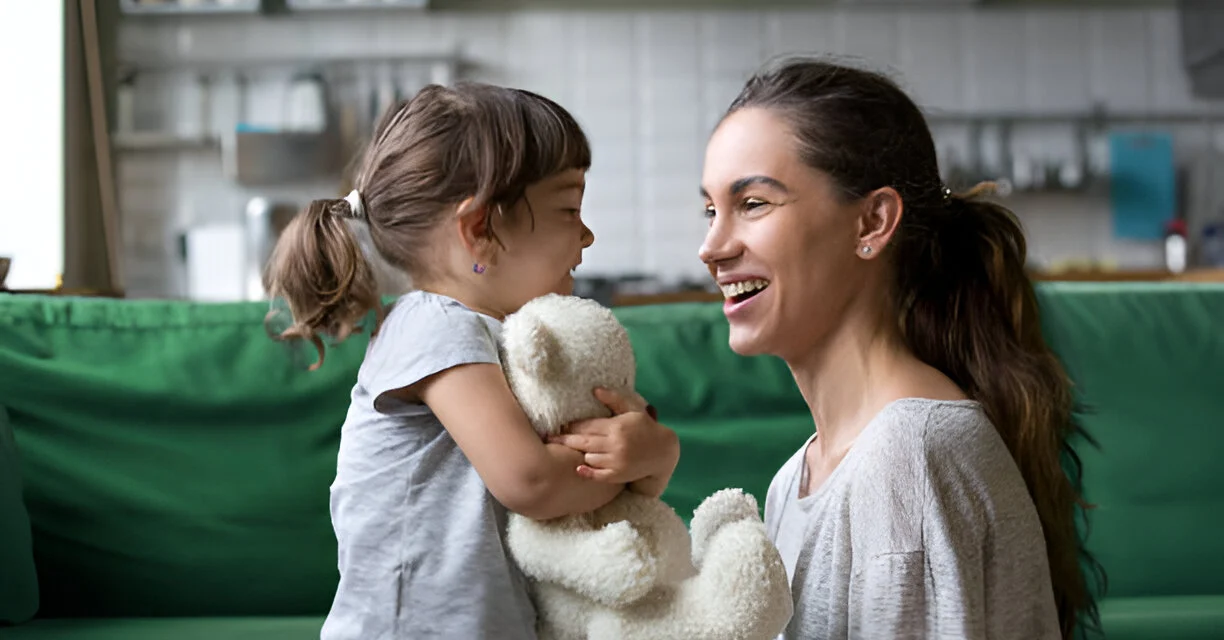
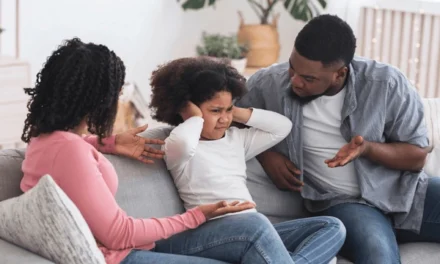
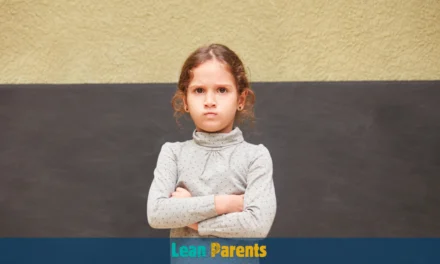
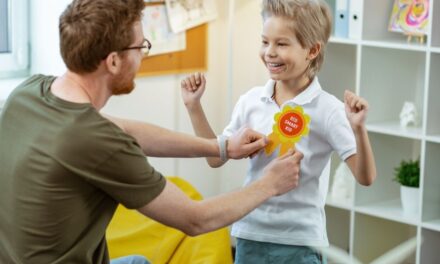
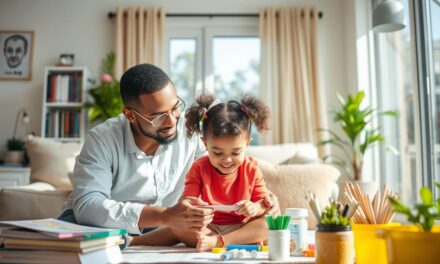
I am always browsing online for posts that can facilitate me. Thanks!
A person essentially help to make seriously articles I would state. This is the very first time I frequented your website page and thus far? I amazed with the research you made to create this particular publish extraordinary. Magnificent job!